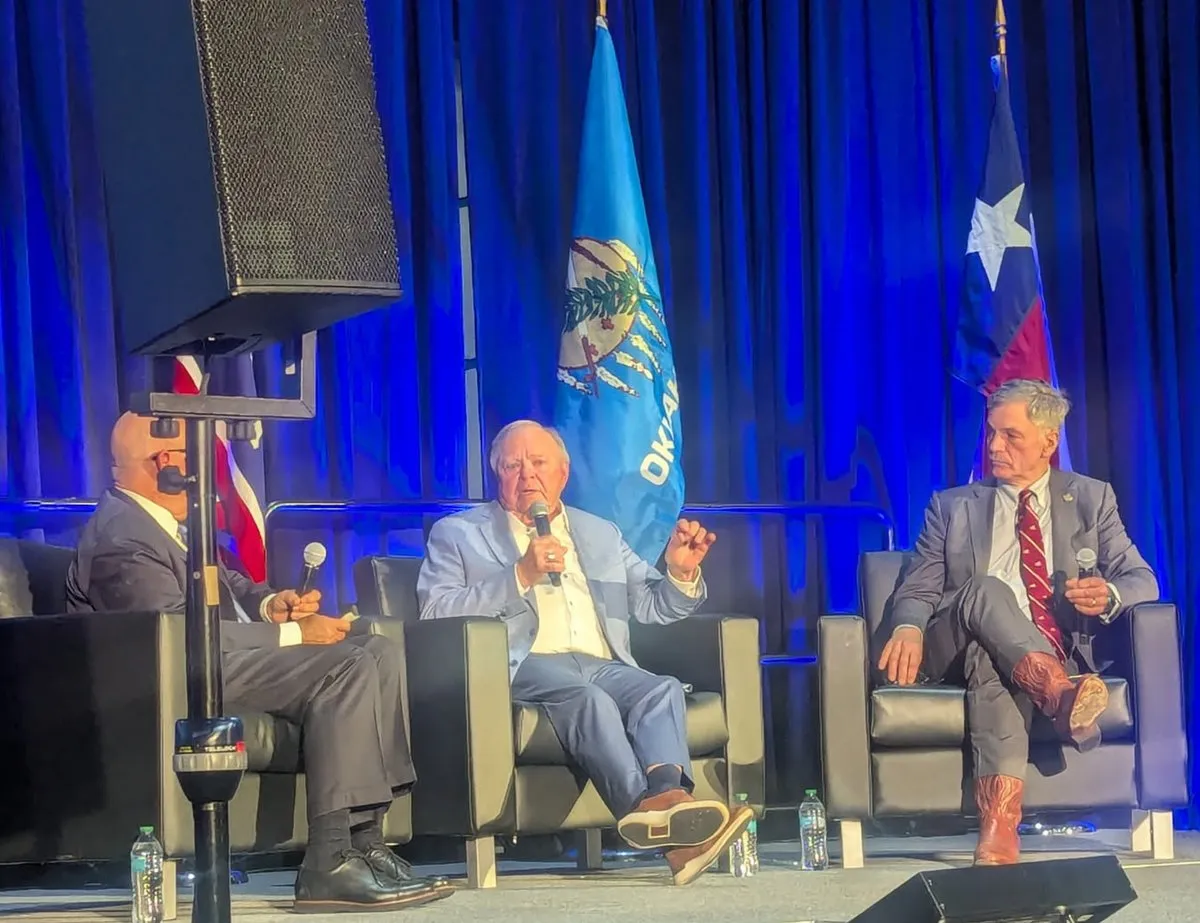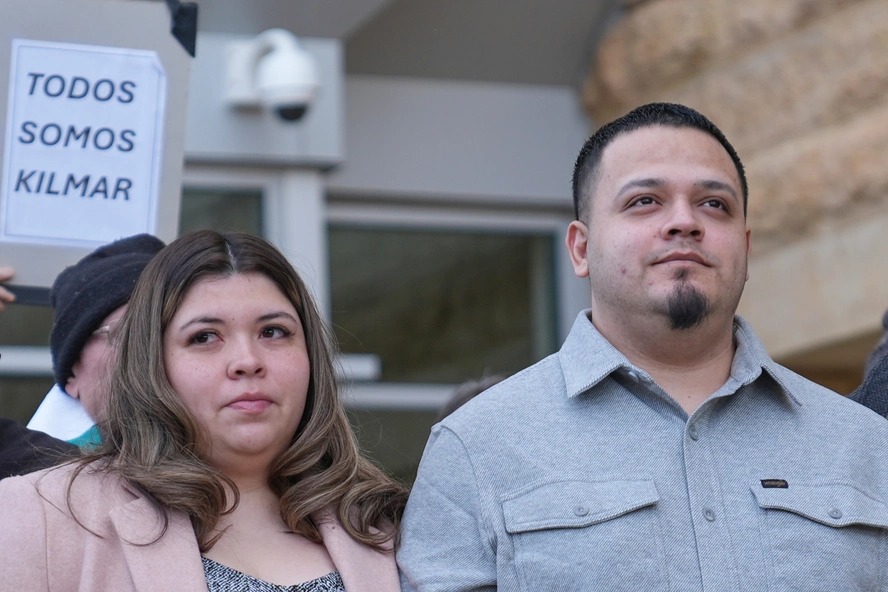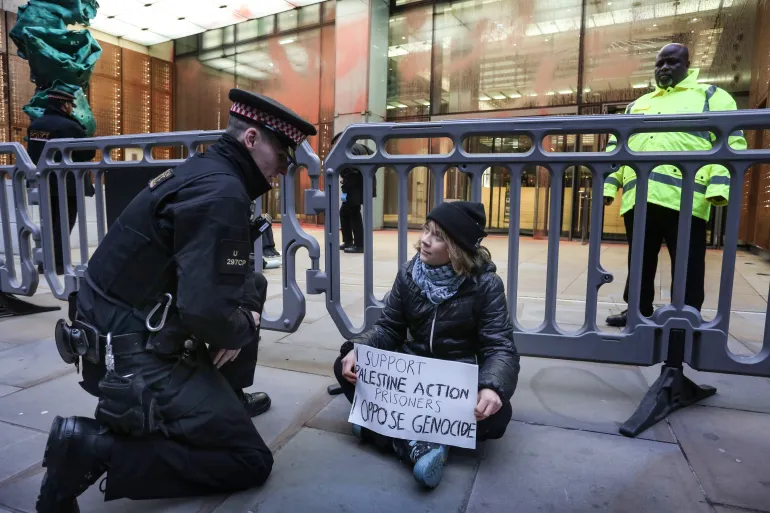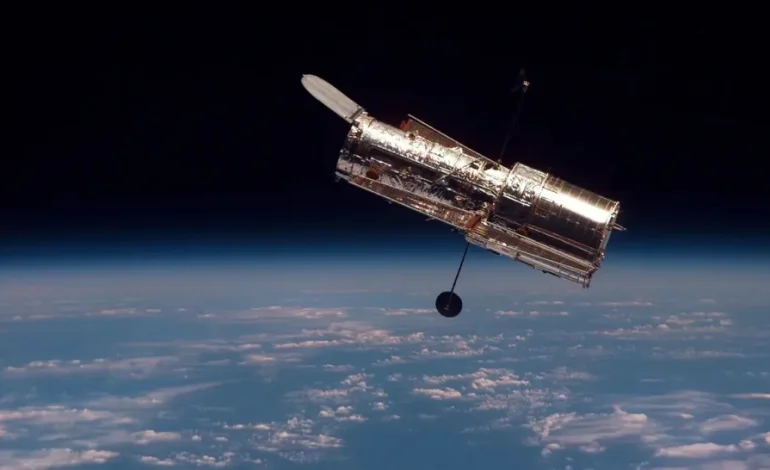As the Hubble Space Telescope celebrates its 35th anniversary on April 24, questions about its long-term future are rising amid broader concerns over potential cuts to NASA’s science programs, Space.com reports.
Since its launch in 1990, Hubble has become one of NASA’s most iconic and productive space observatories, capturing breathtaking images of the cosmos and revolutionizing our understanding of the universe. Operating in low-Earth orbit, it has provided invaluable data on distant galaxies, star formation, black holes, and much more. Despite its age, the telescope remains operational and continues to deliver scientific insights.
However, this milestone comes at a time of budgetary uncertainty for NASA. Proposed federal spending cuts — including possible reductions to NASA’s overall science budget — have raised concerns about how long Hubble can continue its mission. In January, representatives from the Space Telescope Science Institute (STScI), which manages Hubble’s science operations, noted that NASA had instructed them to plan for annual funding levels between $83 million and $87.8 million for fiscal years 2026 through 2028. This would represent a more than 20% reduction from current operating costs.
To adapt to the proposed budget, STScI has already begun scaling back non-essential activities such as public outreach while attempting to preserve core scientific operations.
Further reports this month have intensified those concerns. Government budget planning documents, obtained by several media outlets, suggest potential cuts across several of NASA’s science divisions — including a two-thirds reduction in astrophysics funding and significant reductions to Earth and planetary sciences. While both the Hubble and the James Webb Space Telescope (JWST) are expected to retain support under the proposed plan, other missions, such as the Nancy Grace Roman Space Telescope currently under development, could face defunding.
The implications extend beyond the telescopes themselves. One proposed outcome of the budget cuts is the closure of NASA’s Goddard Space Flight Center in Maryland, which employs around 10,000 people and plays a key role in the operations of both Hubble and JWST.
Despite the financial uncertainty, Hubble remains in good condition, though it has experienced occasional technical issues, including with its aging gyroscopes. There have been discussions about potentially servicing the telescope again — including proposals from private entities — but these remain in early stages due to the risks and technological requirements involved.
While Hubble’s operational future is not yet certain, experts generally believe the telescope could continue functioning into the 2030s, barring major technical failures or shifts in funding. For now, the telescope continues to perform well, and its legacy as one of NASA’s most successful missions endures.









The latest news in your social feeds
Subscribe to our social media platforms to stay tuned